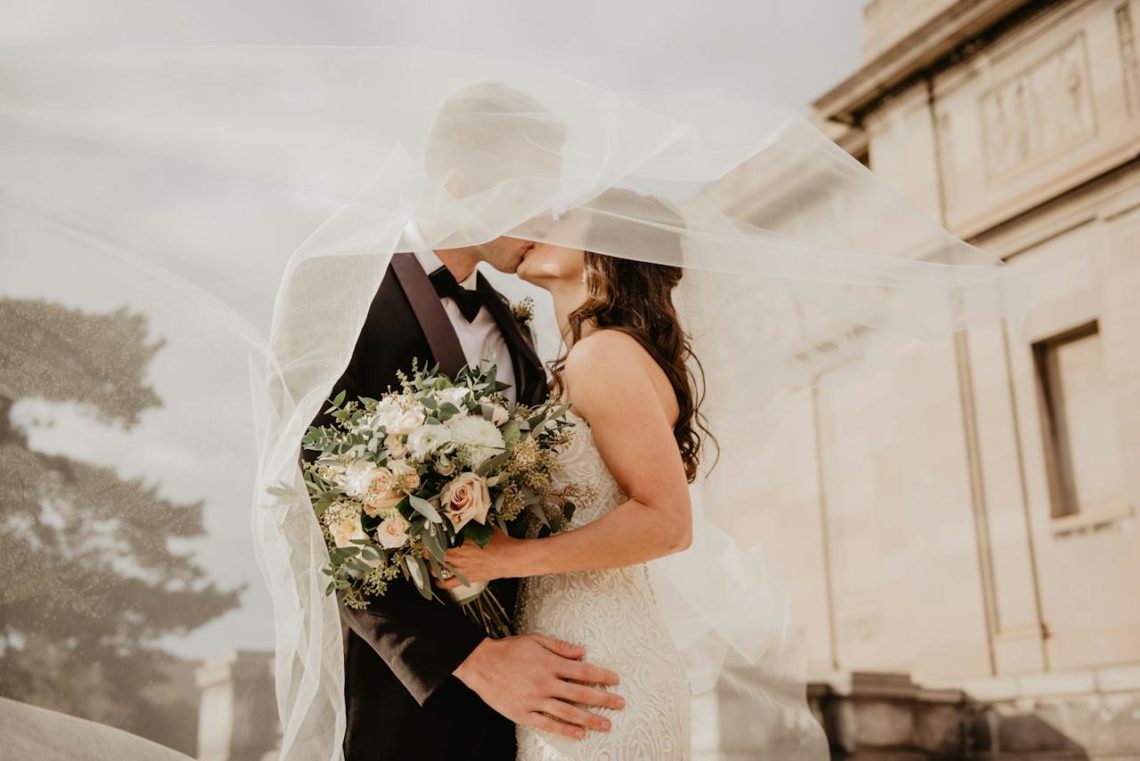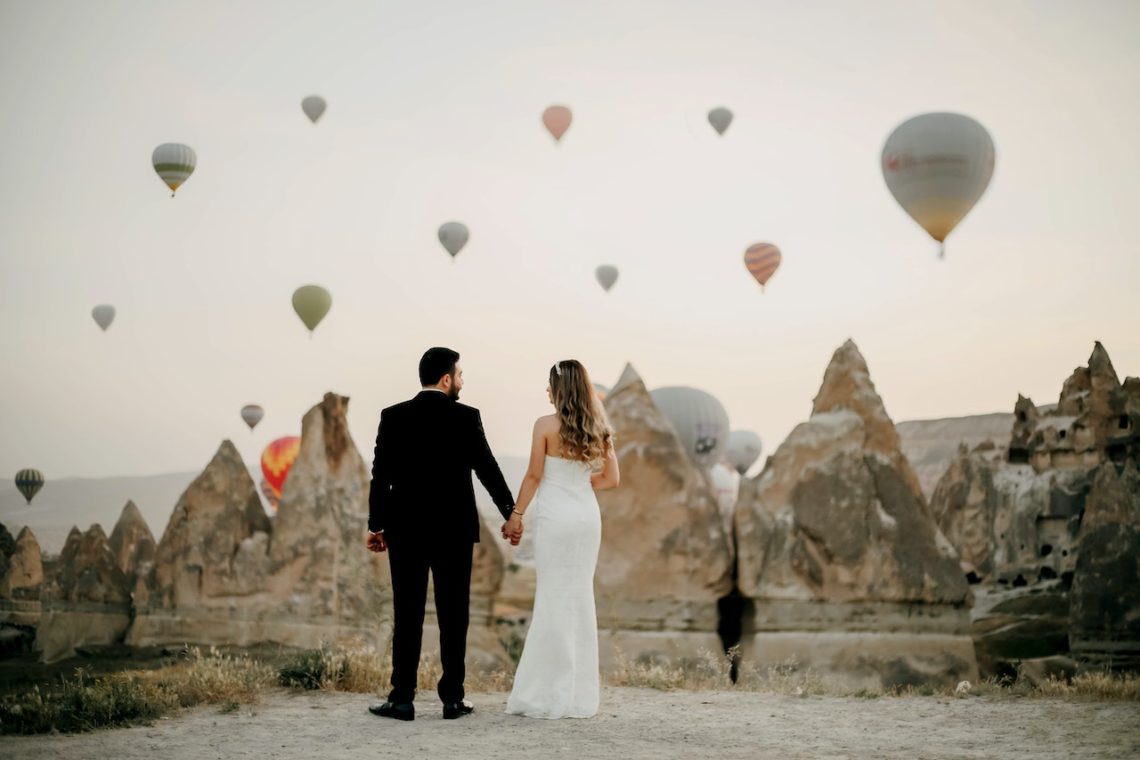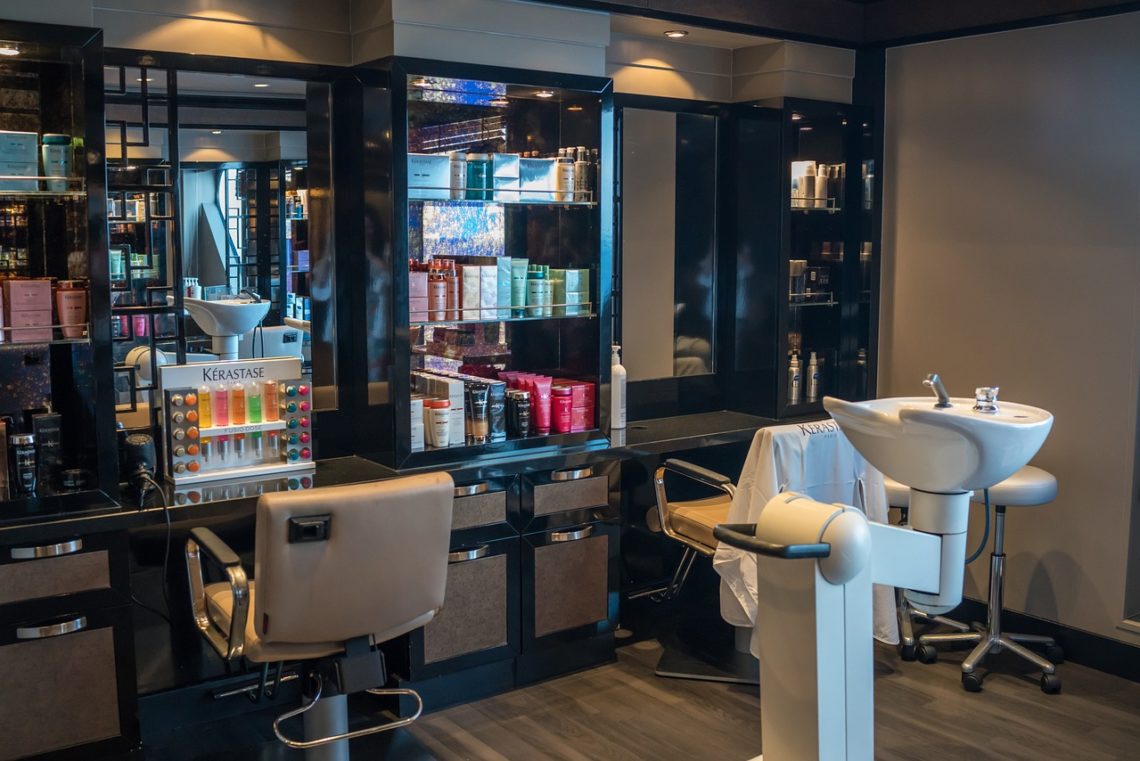Elevate His Game: 7 Unconventional Gifts for the Man Who Seems to Have Everything
Discover seven unconventional gifts for the man who has everything, from personalized whiskey barrels to virtual reality gaming systems.
Dress to Impress: The Ultimate Guide to Formal Dresses
Discover the ultimate formal dresses guide, covering everything from dress codes to fabric choices, lengths, necklines, and more. Perfect your formal look for any occasion with expert tips and advice.
Fashion Tips: How To Wear Socks with Heels
Discover how to wear socks with heels and elevate your style with bold patterns or minimalist looks. Embrace this creative trend and express your individuality with confidence!
How To Choose the Perfect Bridesmaid Dress Colors
Want your bridesmaids to look and feel stunning? Learn how to choose the perfect colors for their dresses that will tie in with your wedding’s palette.
Wedding Preparations – What to Pay Attention to?
Elevate your special day with tips for seamless wedding preparations. From budgeting to venue selection, craft your perfect celebration effortlessly.
How To Prepare Your Salon for the New Year 2024
Is your salon ready for the year ahead? These tips will help you prepare for 2024 and beyond so you stay ahead of trends and impress clients.
What Are the Different Types of Classic Jewelry for Women?
Explore classic jewelry for women—diamonds, pearls, necklaces, bracelets, and rings—for an effortlessly elegant style on any occasion.
Signs It’s Time To Upgrade Your Sewing Machine
Wondering if it's time for an upgrade? Read on to learn the telltale signs that you need to consider an upgrade and get a new sewing machine.
How Technology Will Benefit Your Wedding
Technology transforms weddings: live streams, 3D elements, drones, GIF booths, wishlists, electronic invites, and photo editing elevate the experience.
How to Get a Job in the Beauty Industry
Explore the thriving beauty industry and discover how to kickstart your career as a beauty therapist. From specialized training opportunities to practical tips on securing your first job, embark on a journey towards success in this dynamic and rewarding field.
Popular Styles and Trends in Men’s Waterproof Jackets
Discover the evolving trends in men's waterproof jackets – where style meets functionality. Explore features, top brands, styles, and emerging trends.
Rock Your Outfits: How to Style High-Waisted Jeans Like a Fashion Pro!
Elevate your style with high-waisted jeans. From polished blouses to cozy layers, they offer endless options. Dress up with heels or go casual with sneakers!












